Polypropylene pipes for heating: installation features
This article will discuss polypropylene pipes for heating - characteristics, varieties, scope and instructions on how to install a heating system made of polypropylene pipes.
Currently, modern building technologies are increasingly using for the installation of engineering systems not the usual pipelines made of steel or cast iron pipes, but much more profitable polymer pipes. For example, when installing sewer networks, PVC pipes are often used, when installing water pipes - polyethylene pipes, and when installing heating - polypropylene heating pipes.
More precisely, polypropylene (PP) is called “random polypropylene copolymer PPRC, type 3”, which also reflects the marking of polypropylene pipes for heating. The material is a propylene (or propene) polymer.
Varieties of polypropylene pipes for heating
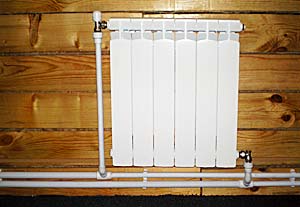
It should be noted that the basis of all heating systems made of polymer pipes are reinforced elements, in accordance with this, polypropylene pipes for heating also differ in several types:
PP pipes reinforced with aluminum sheet
Reinforcement in such pipes can pass both along the outer layer and closer to the inner or middle wall of the pipe.
Aluminum sheets can be solid, non-solid, or corrugated;Fiberglass reinforced polypropylene pipes
Glass fiber is co-extrusion placed in the middle layer of the pipe, as a result of which the inner and outer layers are polypropylene, and the middle layer is glass fiber;
Composite-reinforced polypropylene pipes
In this case, reinforcement is performed with a composite material, including polypropylene and fiberglass, which improves the performance of the data.
Characteristics of polypropylene pipes for heating
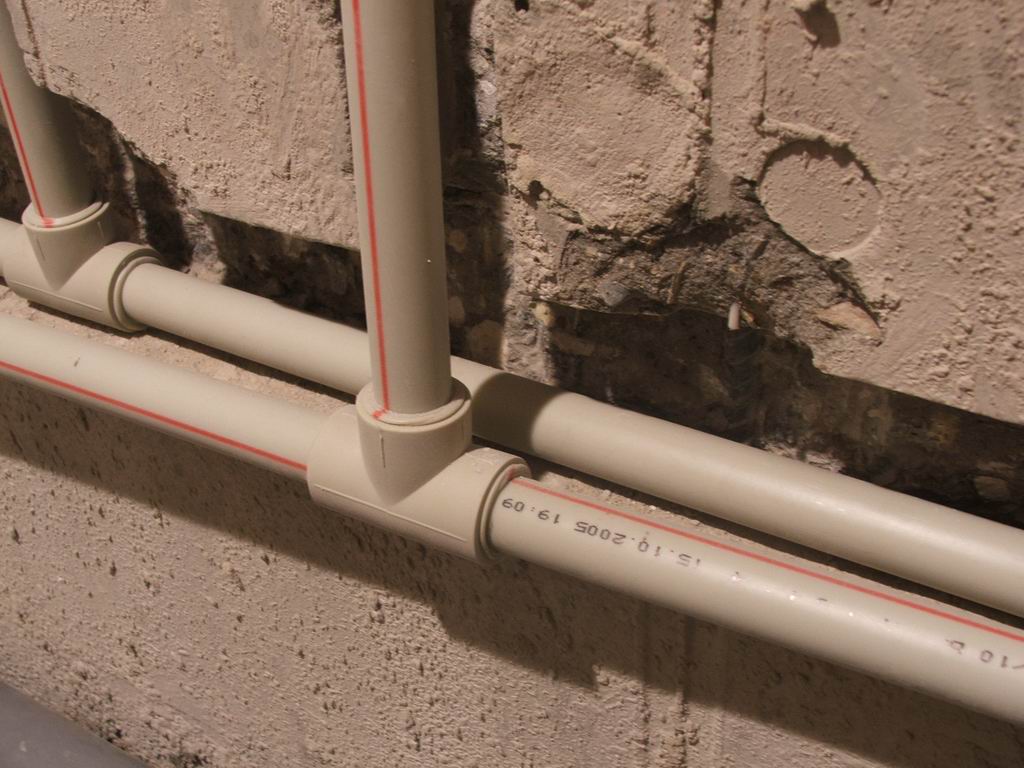
For a long time, a great alternative to cast iron and steel pipes has been a polypropylene pipe for heating - the technical characteristics of PP pipes allow them to receive only positive feedback due to numerous advantages:
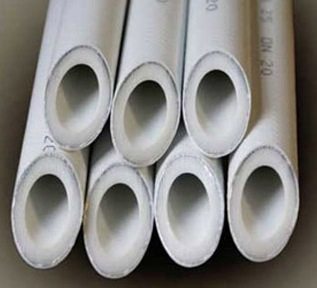
You can list the advantages of PP pipes for a long time, such as low price, versatility, guaranteed service life of more than 50 years, and many others that should be evaluated before choosing the material from which heating pipes will be made.
Scope of polypropylene pipes for heating
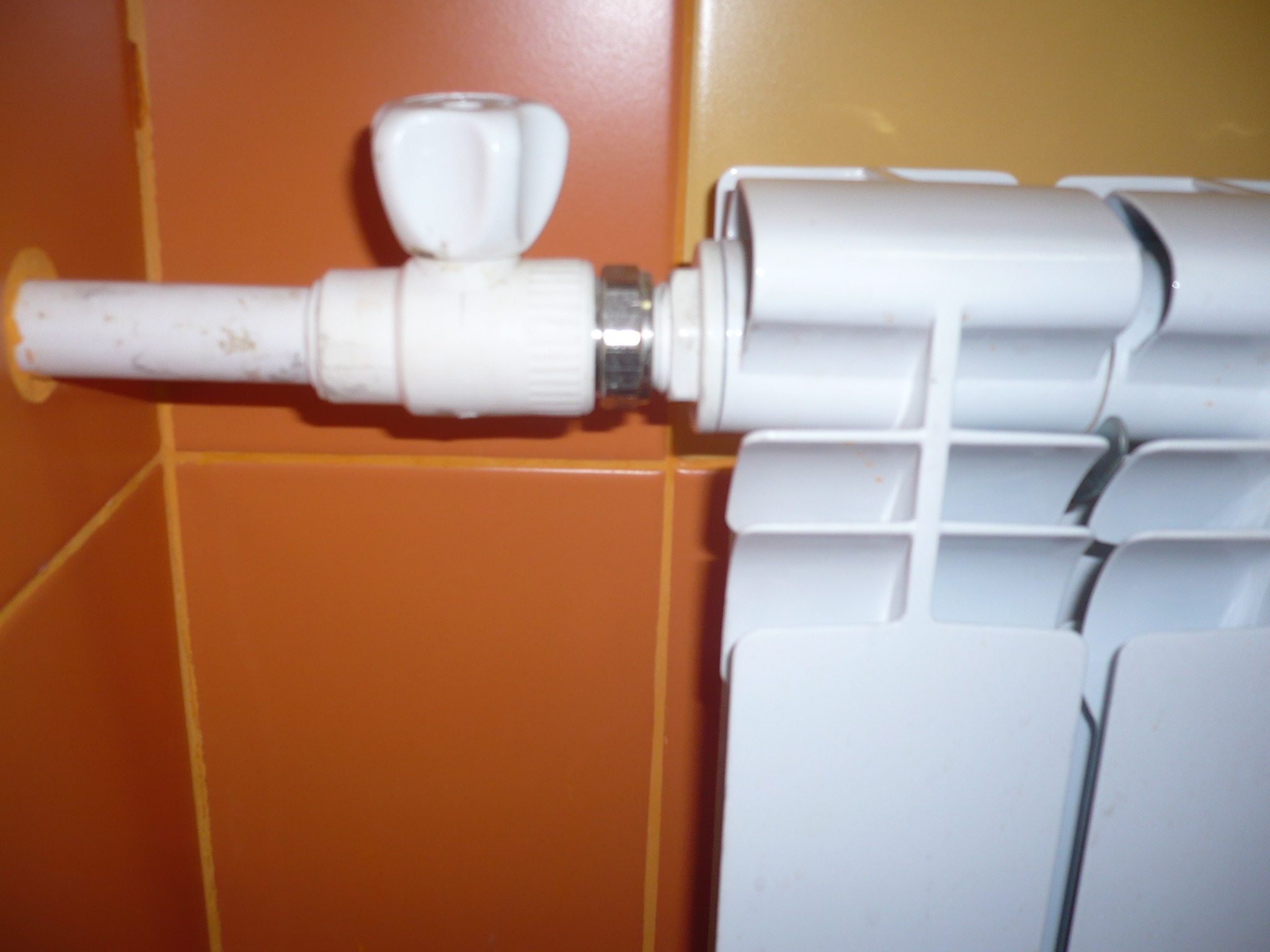
Polypropylene pipes are used in various areas of construction:
- Boiler installations;
- Systems of cold and hot water supply;
- Centralized heating;
- Organization of risers;
- Systems of "warm floor";
- In the agricultural sector - diversion of soil and wastewater, as well as drainage and irrigation systems;
- In industry - devices for transporting chemical solutions and compressed oxygen.
It should be noted that the market offers a fairly wide range of polypropylene pipes for various purposes, made by well-known manufacturers from countries such as Russia, Italy, the Czech Republic, Turkey, etc.
Polypropylene fittings
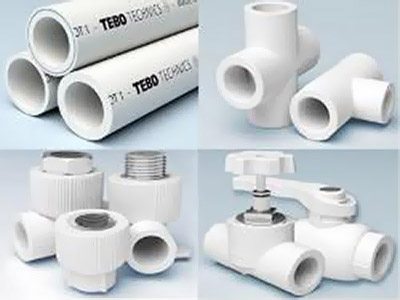
Fittings are an integral part of any polypropylene pipeline, which are responsible for connecting various links and forming bends, turns and branches of highways. Polypropylene pipes and fittings for heating together form a single system of any configuration with the most accurate joining of elements.
Important: for polypropylene pipes, both ordinary fittings are used that communicate with the water supply using diffusion welding, and equipped with a brass threaded insert, connecting not only polypropylene, but also metal pipes.
A wide range of polypropylene fittings of various sizes is presented on the modern market, which greatly simplifies the choice of a model specifically for your needs. Fittings are divided into two types - fittings with threaded connections, which can be solid and collapsible, and fittings without threads.
The specific type of fitting is selected in accordance with the operating conditions. For example, it is more convenient to connect a storage tank or a meter using a detachable threaded mount, and a hose using a solid one.
Diameters of polypropylene pipes for heating

When designing a polypropylene pipeline, the most important parameter is the diameter - polypropylene pipes for heating should be selected in accordance with the results of hydrodynamic calculations.
At the same time, the goal is to select the minimum possible pipe diameter for a certain section, taking into account the working pressure and the total.
Diameter is a value that determines the specific installation location of certain pipes.
For example:
- Polypropylene pipes of large diameters (from 200 mm and above) are used in the construction of buildings designed for a large number of people, for example, large shops, hospitals, hotels, saunas, etc.;
- Pipes of small diameter (20-32 mm) are more relevant in individual construction due to their high throughput and ease of giving any desired shape;
- In hot water systems, it is recommended to use pipes with a diameter of 20 mm, for risers - pipes with a diameter of 25 mm;
- In the central heating system, pipes with a diameter of 25 mm are used, in autonomous heating, the diameter of the pipes may vary;
- To create underfloor heating systems, polypropylene pipes are used, the diameter of which does not exceed 16 mm.
Important: the diameter of polypropylene pipes for heating should be selected individually in accordance with the purpose of a particular heating branch.
Installation of heating from PP pipes
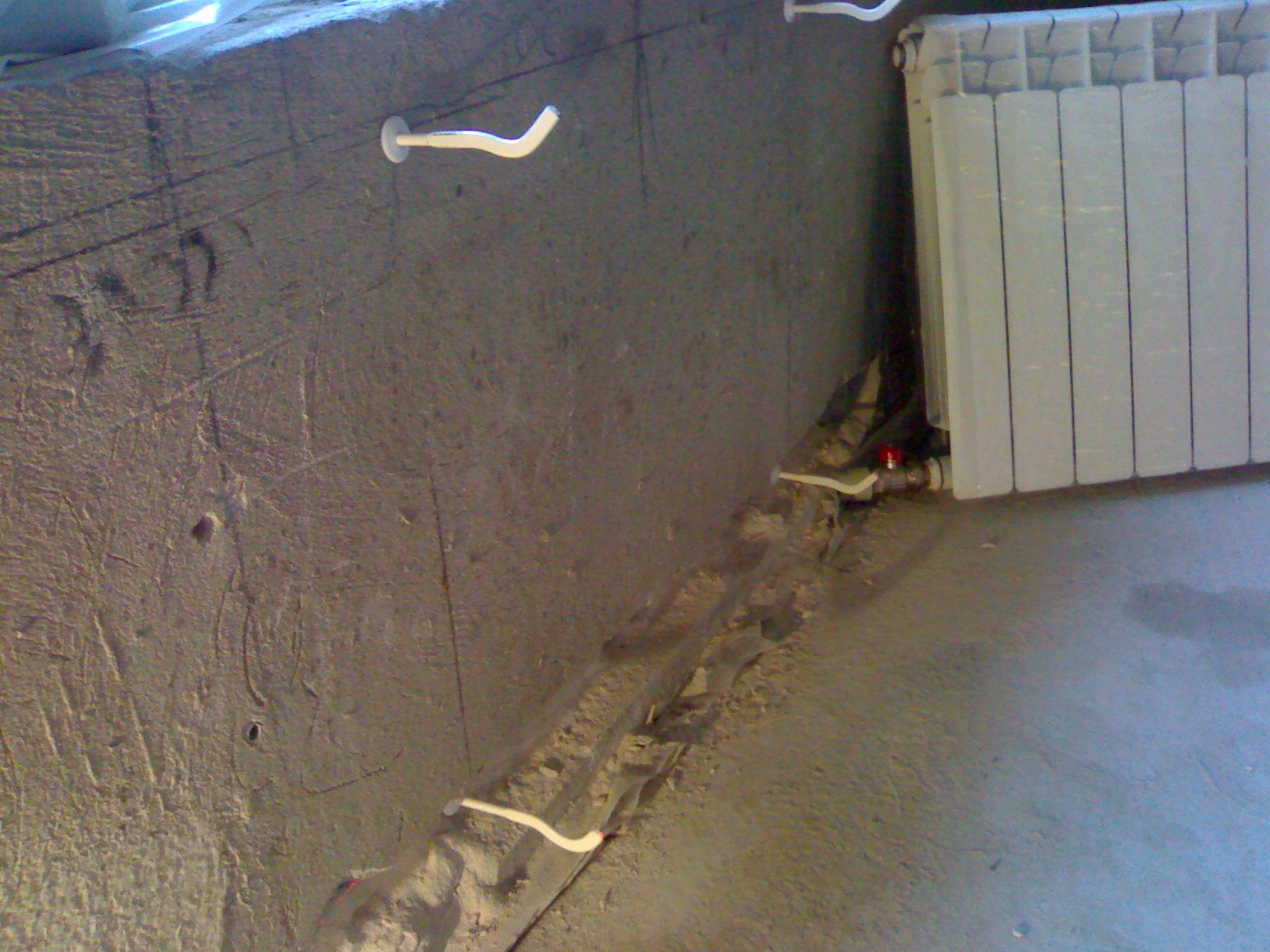
Installation of a heating system that uses polypropylene heating pipes does not require serious physical effort and time.
In this case, the following requirements for tools and parts should be observed:
- Installation work must be carried out at a temperature of at least 5 °;
- Before work, ensure that there is no contamination or damage on the material;
- Do not allow exposure to open flame on elements made of polypropylene;
- Threading is not allowed on polypropylene elements;
- Polyfusion welding is performed using an electric welding machine with nozzles;
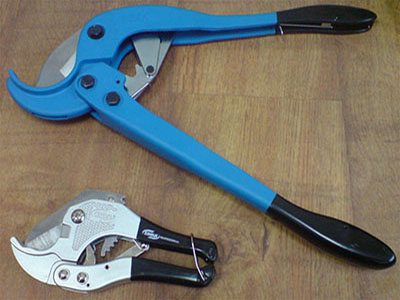
- For cutting pipes, special scissors are used.
Important: instead of scissors, you can use a hacksaw or an electric jigsaw, in which case, after sawing, the resulting burrs and chips should be carefully removed.
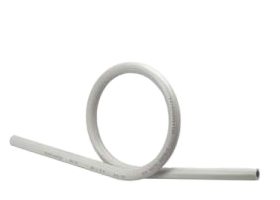
It should also be told about a rather important detail that is part of the heating system made of polypropylene pipes - a compensator. The main function of the compensator is to compensate for the thermal expansion of the PP pipe.
It should be remembered that the use of a compensator can be dangerous for the entire heating system.
Installing the compensator in the position shown in the figure above leads to the accumulation of air in its upper part, which will lead to the cessation of water circulation in the system and its irreparable damage.
Therefore, the compensator should only be installed with the hinge down to avoid air entrapment.
Before starting installation, the welding machine must be heated to a temperature of 270 ° in order to obtain a homogeneous, high quality seam as a result.
The main stages of installation of a heating system from polypropylene pipes
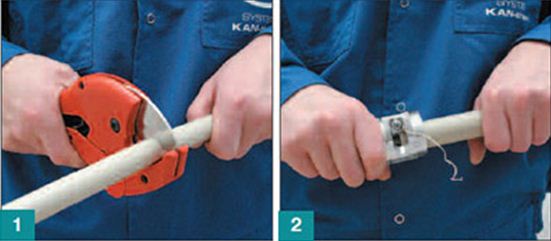

Knowing how polypropylene heating pipes are mounted, you can not worry about the efficiency and reliability of the heating system. In addition, you can be sure that the use of the system provides a cozy and warm atmosphere in the house for many years to come.
https://gelville.com granite slab cost marble slab prices.